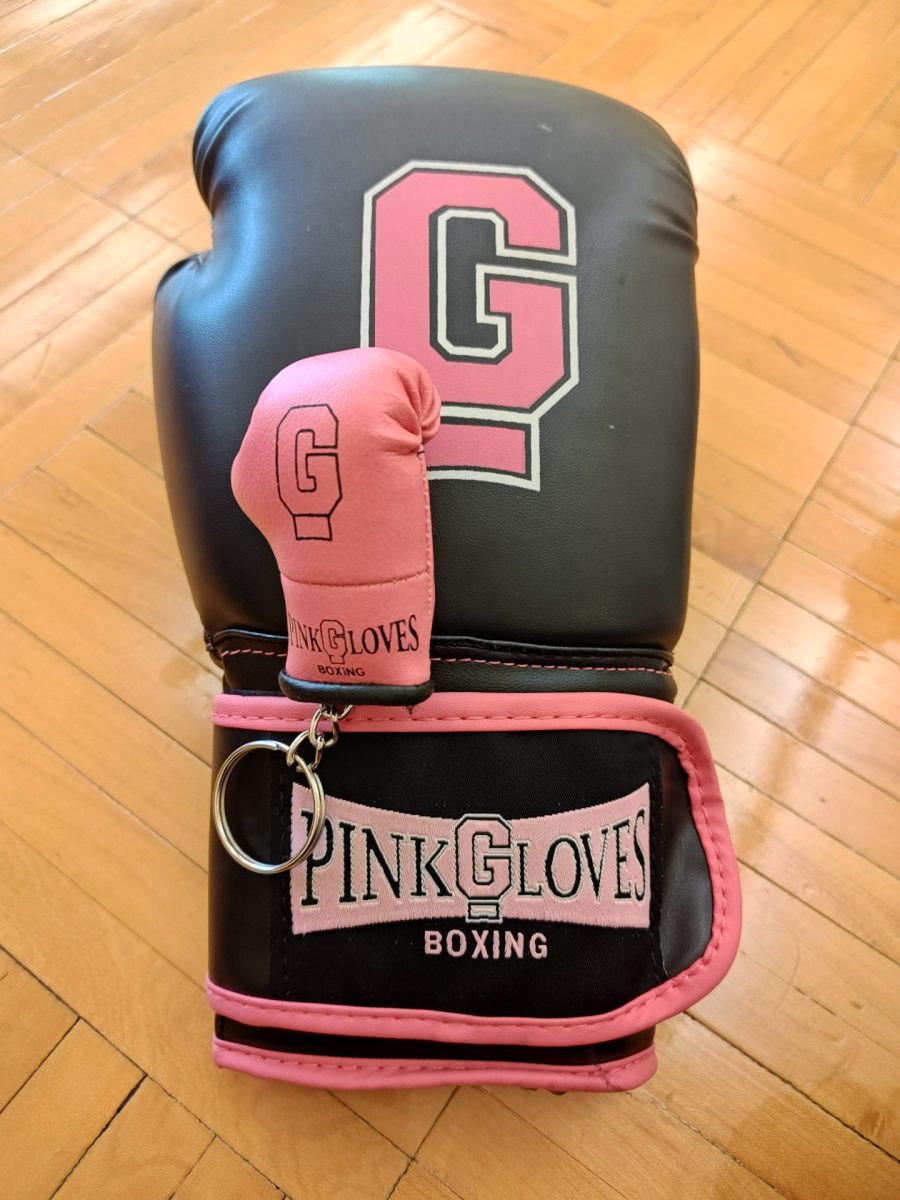UA students take SNAP challenge
November 23, 2015
Most people associate being broke as part of being a college student. Students sometimes have to be creative when trying to make ends meet, and sacrifices are often made with the hope of not having to struggle financially once students graduate from college. But do college students really have it as bad as they think?
Several UA students recently took the financial struggle that so many are familiar with to a whole new level by participating in the annual SNAP challenge in honor of Hunger and Homelessness Awareness Week, which was from Nov. 15 to 21.
The SNAP challenge encouraged UA students to try to live off of this amount of money for an entire week, which is approximately $29 worth of food stamps.
SNAP stands for Supplemental Nutrition Assistance Program, and this program was intended to help reduce hunger.
There are many misconceptions about the SNAP program, which the SNAP challenge hopes to debunk. Many believe that those who are recipients of SNAP benefits are simply “freeloaders” living off of the welfare system, when in fact that is not the case for many recipients.
According to the presentation during the Post-Snap Reflection event on Nov. 19, 40 percent of families in the SNAP program have at least one working person in the household, and the average amount of time families receive assistance is eight to 10 months.
Each person in the SNAP program generally receives about $1.49 per meal per day, which translates to a budget of $4.50 to spend each day on food for each member of the family.
Dina Daltorio, a graduate assistant with the Office of Student Life who works with Serve Akron, stated that the goal of the SNAP challenge is give students “the opportunity to get a different perspective on how much [they] spend on a specific meal and gives them a different perspective during Hunger and Homelessness Awareness Week.”
For typical SNAP recipients, there are many obstacles to overcome when dealing with hunger. Many SNAP families feel the sting of embarrassment at the grocery store when having to use their SNAP card to pay for food, and sometimes receive dirty looks or judgmental comments from others about “using the system.”
They are also sometimes criticized for the items they buy, especially if they are not the healthiest options. What most people do not realize is that some families on SNAP do not have working refrigerators, so purchasing perishables and produce is less of an option for them if they can not keep them cold.
Also, highly processed foods like Ramen noodles are less expensive and last much longer than fruits and vegetables, making it easier for families to stretch their SNAP dollars a little further each month.
With the Thanksgiving holiday rapidly approaching, perhaps students could all gain some perspective from taking the SNAP challenge, and end up a little more thankful for what we have.
For more information on taking the SNAP challenge, visit uakron.edu/hunger.











